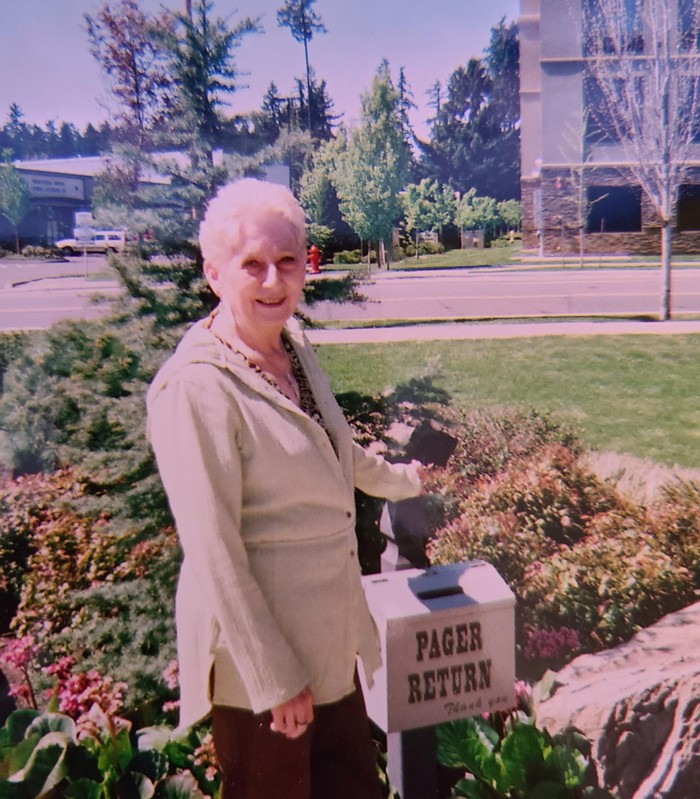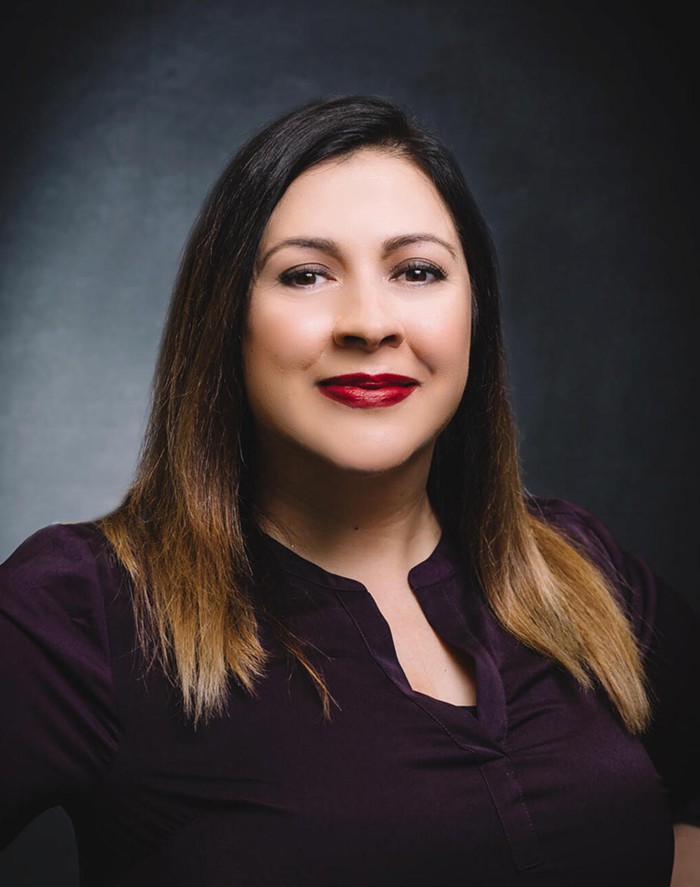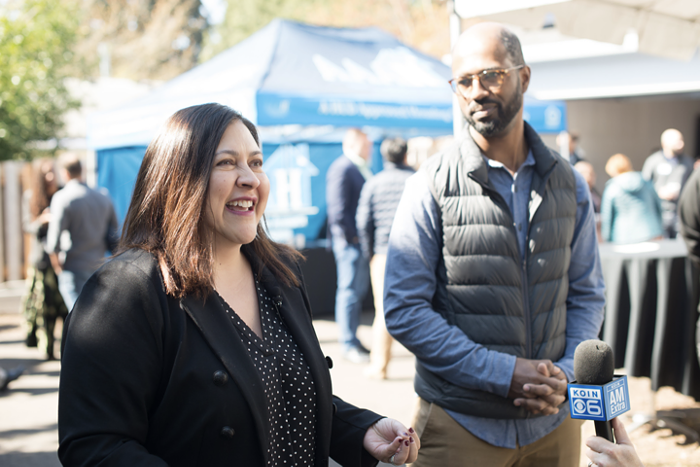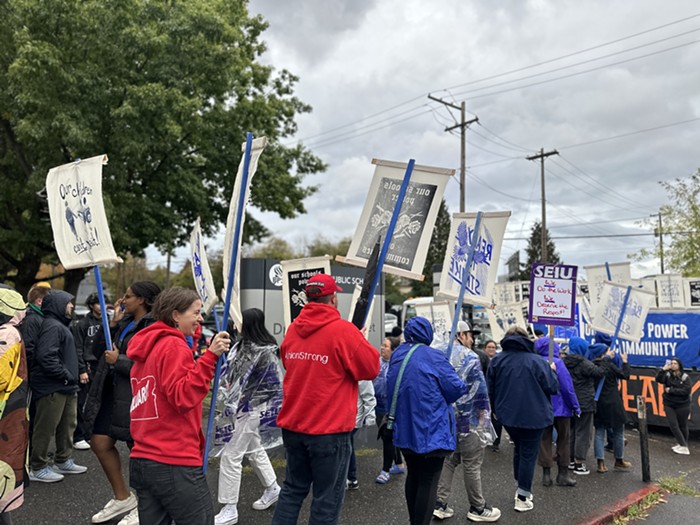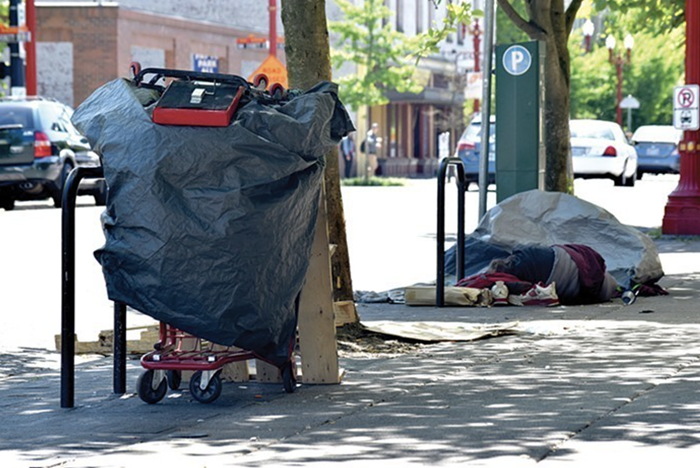IN A MUDDY South Waterfront lot under a steady drizzle, City Commissioner Nick Fish donned a hard hat on Tuesday, April 26, and finally broke ground on the urban renewal area's first affordable housing project—only five and a half years behind schedule.
When the city and Portland Development Commission (PDC) inked a 2003 deal to turn a former industrial district into South Waterfront, a major part of the plan was to build 788 homes for low-income Portlanders starting in 2005.
The city envisioned a "diverse, inclusive" neighborhood that both Oregon Health and Science University (OHSU) janitors and executives could live in. Instead, after the city and PDC funded the sleek aerial tram, the streetcar, and $13 million in land purchases, South Waterfront has become an enclave for the rich with zero units of affordable housing.
This new project, Block 49, aims to finally make good on the city's promise. What is now a city-block-size empty lot surrounded by a chain link fence on SW Moody next to the Old Spaghetti Factory will become a six-story building by fall 2012, with 209 apartments promised as "affordable" for people earning half of the region's median income—including 42 units specifically for low-income veterans.
"This has been a long time coming," Dee Walsh, executive director of housing nonprofit REACH Community Development told the groundbreaking crowd, adding that successful real estate deals require flexibility. "The deal you start out with is never the deal you end up with."
If all had gone according to the city's plan, the groundbreaking would have taken place three blocks away and five years earlier—the city was supposed to start construction on 400 affordable homes on a different lot in 2005. But a deal with OHSU fell apart, the condo market crashed and dried up financing dollars, and the city wound up selling the lot for a loss ["Broken Homes," News, March 4, 2010].
After that flop, the city and PDC put all their eggs in Block 49's basket—of the project's $50 million pricetag, $28 million comes from local public funds. Finally breaking ground is a major relief; one developer at the groundbreaking described the project as "almost mythic."
But the project is very real for some people. Vietnam veteran John Bancroft was one of the first people to put his name in the hat to score an apartment in Block 49. Veterans by and large struggle with housing, making up a whopping 23 percent of the national homeless population.
Bancroft isn't homeless—he and his wife are currently squeezing into their son's 800 square-foot St. Johns house while Bancroft receives expensive treatment at OHSU for cancer caused by Agent Orange during two tours in Vietnam. Bancroft, 65, would love to move to South Waterfront, close to downtown, the hospital, and the river, but can't afford to pay more than $600 a month in rent.
He's willing to hold out for 15 months for the chance to move into one of Block 49's units.
"A lot of us are in the same boat," says Bancroft. "You get what you can get and you're grateful for it."



